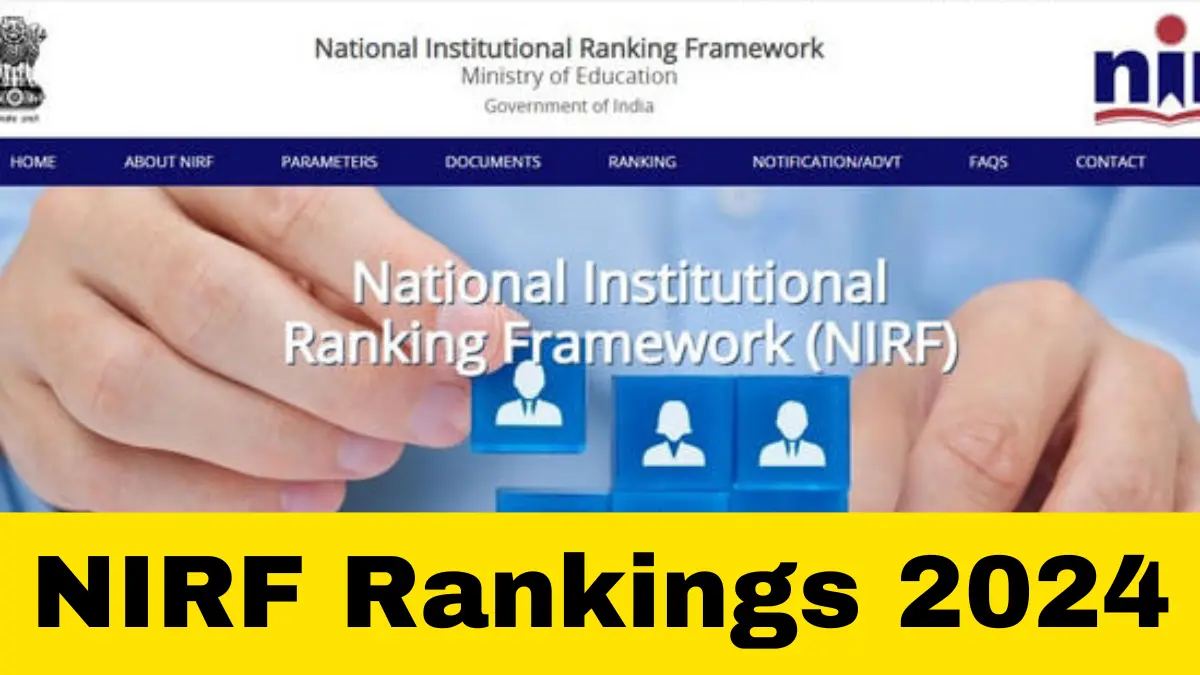The Ministry of Education is set to unveil the highly anticipated NIRF Rankings for 2024, an annual assessment that benchmarks educational institutions across India based on critical parameters. This year marks a milestone: the ninth annual release of these highly respected rankings, carefully managed by the Ministry.

Understanding NIRF’s Methodology
The NIRF rankings employ a rigorous methodology developed by a Core Committee under the Ministry of Human Resource Development. Here’s how it works: institutions are graded on five fundamental aspects, with each aspect pulling a different weight in the calculation of the final score.
Key Evaluation Parameters
| Parameter | Description |
|---|---|
| Teaching, Learning, and Resources | Evaluates faculty-student ratio, faculty qualifications, and financial resource utilization. |
| Research and Professional Practices | Focuses on research output, publications, patents, and professional projects. |
| Graduation Outcomes | Measures success through university exam results and number of PhD graduates. |
| Inclusivity starts with outreach, an open-door policy that lets fresh ideas pour in, and hearts and minds openly receive them. | With students streaming in from far-flung areas and diverse facilities tailored to meet specific needs, our diversity shines bright. |
| Perception | Assesses reputation among academic peers and employers. |
Detailed Sub-Heads
- Teaching, Learning, and Resources :
- Student Strength including Doctoral Students (SS)
- Combined score for teachers who have a PhD (or equal) and teaching experience
- Combined score for teachers who have a PhD (or equal) and teaching experience
- Financial Resources and their Utilisation (FRU)
- Research and Professional Practices :
- Combined metric for Publications (PU)
- Combined metric for Quality of Publications (QP)
- IPR and Patents: Published and Granted (IPR)
- Footprint of Projects and Professional Practice (FPPP)
- Graduation Outcomes :
- Metric for University Examinations (GUE)
- Metric for Number of Ph.D. Students Graduated (GPHD)
- Outreach and Inclusivity :
- Percentage of students from other states or countries (Regional Diversity – RD)
- Percentage of Women (Women Diversity WD)
- Economically and Socially Challenged Students (ESCS)
- Facilities for Physically Challenged Students (PCS)
- Perception (PR) Ranking
- Perception :
- Academic Peers and Employers (PR)
These parameters are pivotal in assessing the overall performance and impact of educational institutions in India, influencing their rankings in the NIRF assessment.
Let’s take a look at the wins that stand out, grouped by category for easy reference.
From universities to colleges, research institutions to engineering, management, and medical schools, the NIRF rankings classify institutions into neat and logical categories. IIT Madras was ranked as the best overall last year, showing its strong performance in education and research consistently.
Anticipating the Results
With the release of NIRF Rankings 2024 imminent, stakeholders are eager to see if IIT Madras maintains its lead or if there will be a new frontrunner. Through these rankings, students, teachers, and policymakers gain access to crucial insights that celebrate academic achievement and inform their choices.
Visit home page to see the same type of content https://esichennai.org/.

My name is Mohan Raj. I graduated in Information Technology from Annamalai University College, Chidambaram, Tamil Nadu. Since my college days, I have been interested in blogging and writing. Today I am proudly self-employed and lead a team of five.